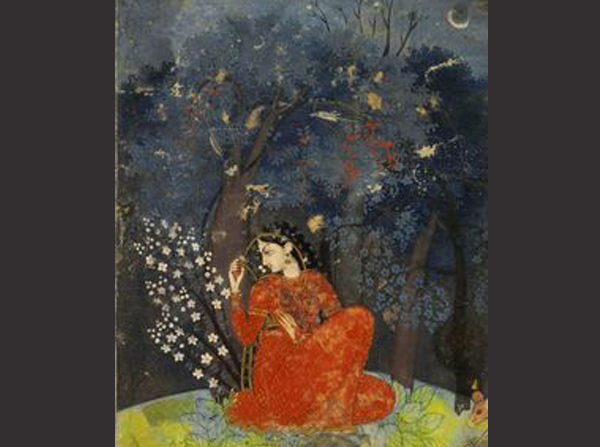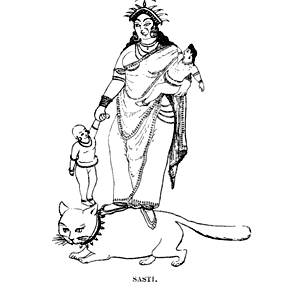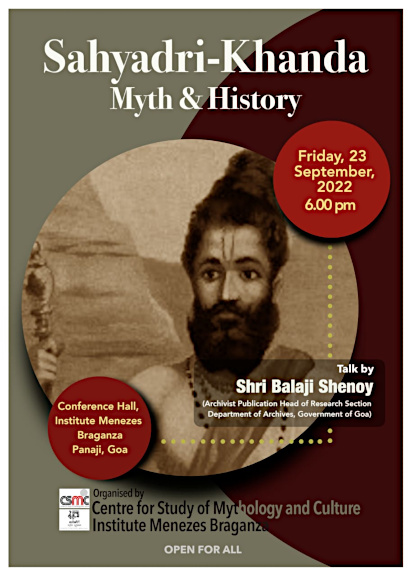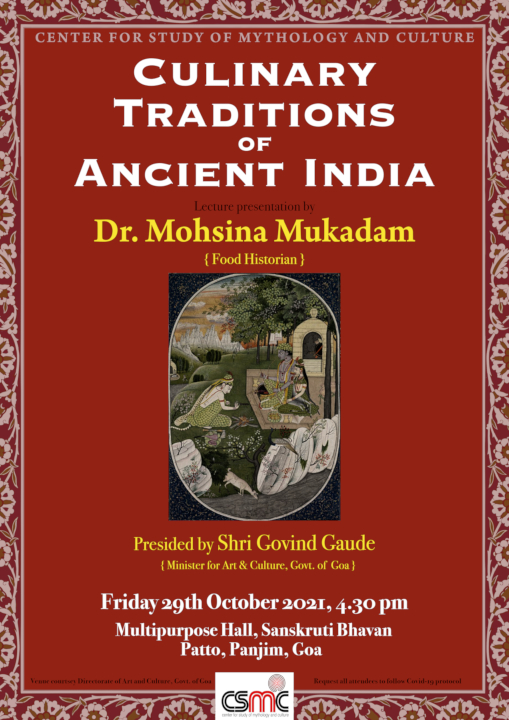
She was my best friend in seventh grade. We sat on the same bench. Shared food, shared our secrets, gossiped and secretly giggled at our teachers.
As teenagers, these were exciting years of our lives as everything around us seemed bubbling with life. . But it was mostly the curiosity of our changing bodies that played on our minds. One day my friend came up to me and whispered in my ear “ I have to tell you something very important ” What I asked, baffled by her urgency. “Don’t ever- ever eat leftover food or zoota. Especially, if it is a fruit eaten by a boy”. Not getting the clue I asked “why?”
She told me this story
Once there was a Brahmin couple. They did not have children for years. After doing sever penance to lord Shiva, they were blessed with a girl child. The couple was so happy that they would spend all their time pampering the new born baby. Once a sage came to their house begging for alms. But the couple was so engrossed with the new born baby that they did not hear the sage’s request. The sage got furious for being ignored and cursed the baby that she would be the cause of pain and shame for her parents by becoming an unwed mother.
The couple was saddened by the sage’s decree. But they could do nothing to revert sage’s mood. When the girl grew in to a beautiful woman, old parents told her about the sage’s curse. Girl heard the father’s plea and promised him that she would never hurt her parents by bringing shame to the family. In order to avoid the fate she declared she would renounce from worldly pleasures and live life of a celibate nun. With heavy heart, her old parents agreed to her resolve. Thus the girl started living alone in a small hut outside the town. As a nun she would live a simple life having no belongings. She did not eat any cooked food; slept on a hard floor and kept away from all male company.
One day when she had gone to the lake to fetch the water. A thief running away from the cops entered her hut. Hungry and tired he searched for food and found a fruit in the corner. As he took a bite; he heard footsteps approaching the hut. He dropped the fruit and ran away in the jungle. When the girl sat down to eat she found the only fruit which was her food for the day was half eaten. Who could have come in this jungle besides animals? She thought to herself. May be a hungry rabbit might have taken a bite. Since she had nothing else to eat she ate the remaining fruit and drank water to keep her hunger away.
Alas! The fate had caught up with her. The girl got pregnant after she ate the fruit. The sage’s curse had come true.
Story Collected by : Vidya Kamat
Location: Karvar, Karnataka
Story Told by: : Pratima Kamat
Image source: Wikipedia














